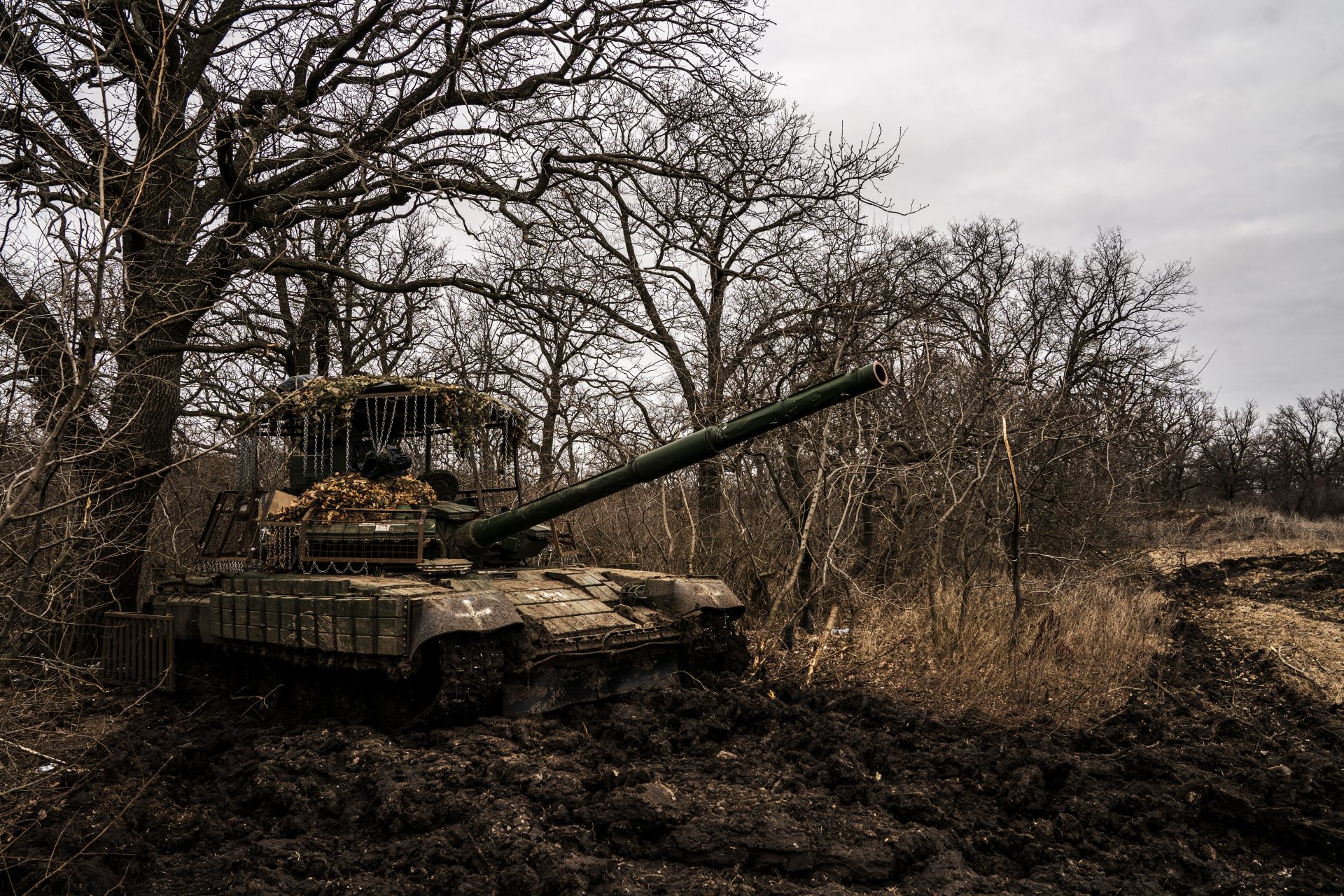There are seven horrible ways the universe could wipe us out
Our universe is a dark and terrifying place with dangers lurking around every star system. The most worrying ways that the cosmos could kill us just happen to also be things we wouldn't be able to control or prevent, and one has probably occurred before. Does that make you concerned?
So what are all of these scary cosmic catastrophes just waiting to annihilate the planet? Well, you might be surprised to learn there are actually a lot of them and each one is terrifying in its own special way. Here are 7 ways our universe could easily destroy us.
When stars die they like to take a few casualties with them. Instead of just going quietly, they tend to explode in what astronomers call a supernova—which pushes “sleeting death” out into space in the form of energetic radiation according to Popular Mechanics.
Luckily Popular Mechanics noted that there isn’t a star within 75 lightyears of Earth. But it does look like there is some evidence that roughly 2-3 million years ago Earth was at the mercy of a dying stars’ fury so we can’t say for sure that it won’t ever happen again.
Gamma-ray bursts are thought to be the result of two stars smashing into each other and the resulting collision pushes intense gamma-ray radiation out into the universe, which can last for both long and short periods of time according to NBC News.
NASA has said that shorter bursts can last anywhere from a few milliseconds up to two seconds while longer bursts last two seconds to thirty seconds. Neither sounds like a lot but it's more than enough to cause some serious damage to the planet if Earth got hit.
If such a burst of radiation were to reach us today it would change the oxygen in our planet's atmosphere and transform it into nitrogen molecules that would probably kickstart the end of all life on Earth according to Popular Mechanics, though we have survived it once.
In 2012, researchers found evidence that the Earth had been hit by a gamma-ray burst in the 8th century based on reporting from BBC. So maybe things wouldn’t be too bad this time around if we were the victims of an untimely blast of cosmic radiation?
Rogue black holes are a particularly weird cosmic phenomena that involve one of the universe’s most gravity-dense objects floating freely through space, untethered to any one celestial body according to a description from Popular Science.
So what would happen if a black hole came close to Earth? Well, it would probably destroy the planet since Big Think said: “The ultimate catastrophe imaginable is that a black hole collides with Earth.” At least the website noted it's not likely to happen…
Just like rogue black holes, there are giant rocky planets just wandering through space causing all kinds of destruction. But could one destroy our planet? Again, it's probably a resounding yes. At least according to Keele University professor Jacco van Loon.
"It would need to come close enough to Earth to either collide with it or, a bit less unlikely, alter its orbit. If it does collide, this would be at high speed and likely destroy Earth, if it is comparable in mass and density to Earth," Loon told Newsweek in April.
While a magnetar might sound like a devilishly evil Japanese anime character, it's really a very sophisticated neutron star that has an extremely powerful magnetic field that is 1000 times stronger than that of a regular neutron star according to EarhtSky.
The really scary thing about magnetars is their starquakes, which are like earthquakes but also produce an intense blast of radiation that much like a gamma-ray blast could destroy our ozone layer and kill all life on Earth according to Popular Mechanics.
Luckily, getting blasted by a magnetar's powerful starquake is the least likely scenario that could happen to us on this list since it would need to be 10 light years from Earth and Popular Mechanics noted the closest magnetar to us is 9000 light years away.
If there was anything out that was going to destroy all life on Earth it would probably be an asteroid strike, and it really wouldn’t take a giant one to do it. HowStuffWorks noted an asteroid about 7 to 8 miles long to do real damage to the planet.
“Billions would die, and much of life on the planet would be destroyed,” HowStuffWorks’ Marshall Brian and Sarah Gleim wrote, adding that NASA scientists have predicted that it would take a 60-mile-wide asteroid to totally eradicate all life on the planet.
The most terrifying scenario is one we don’t even know about yet. Most of these things listed were only discovered very recently and ancient humans had no idea that two stars colliding lightyears away from them could destroy their little lives in the blink of an eye.
More for you
Top Stories































